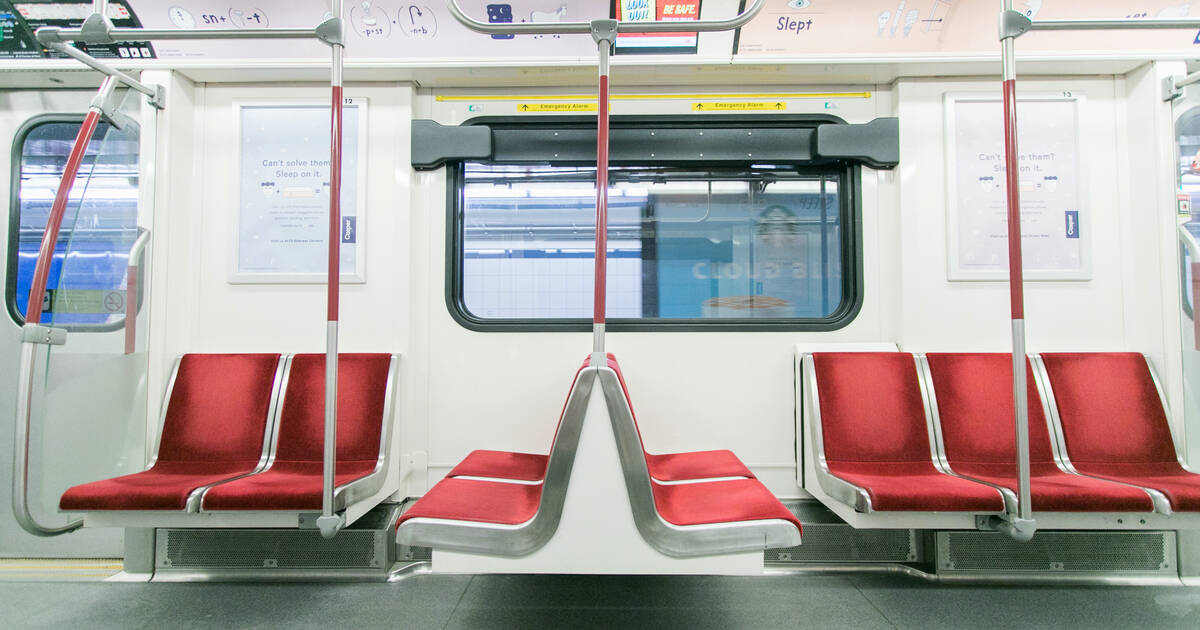
It's easy to think that we collectively know all there is to know about the TTC when we're stuck riding its trains and buses every day, but a transit system with such a long history has plenty of secrets and unusual stories that have built up over the years.
Here are some things you might not know about the TTC.
The TTC once had double decker buses
Back in the 1920s, the TTC fleet sported a few double decker buses, which made for quite the open-air experience on the top level. These buses never did catch on in any meaningful sense, and sightings of them vanish in the Toronto Archives by the 1930s.
Yorkdale Station once had a rainbow roof
When the Spadina Line opened in 1978, public art was a major feature of the new subway stations, none more spectacular than Michael Hayden's Arc en ciel at Yorkdale, which erupted in a multicoloured pulse as trains entered the station. It was foolishly removed after water damage in the 1990s, but is set to make a return at some point.
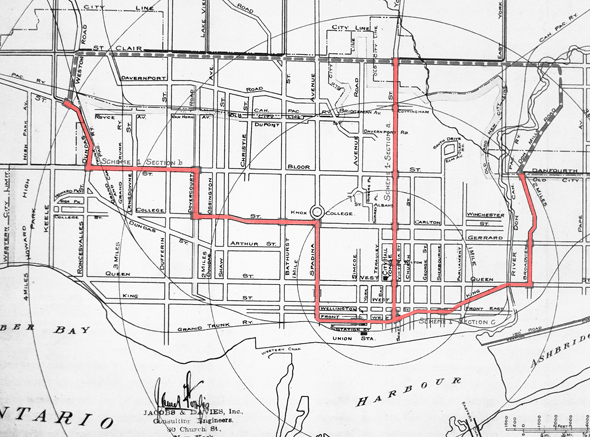
A map of the original subway plan.
The original plan for the subway called for three lines
Although Toronto didn't get a subway until 1954, there was already talk of building underground rail back in 1910. New York engineering firm Jacobs and Davies outlined a subway route for Toronto that consisted of three distinct lines: one in the west, a central line up Yonge, and an eastern route.
The TTC planned to abandon streetcars in the 1970s
The TTC's streetcar abandonment policy, were it allowed to finish as planned in the 1970s and '80s, would have mothballed all of Toronto's surface rail routes. Sherbourne, Dovercourt, Lansdowne, Spadina, Rogers Road, Weston Road and Spadina (since revived) all had their tracks removed before Streetcars for Toronto managed to halt the plan.
North York Centre was added after Finch Station
The thick support wall that separates the north and southbound platforms at North York Centre harks back to the time when the subway bypassed the area completely. The station was added in 1987, more than a decade after the Yonge line reached its current terminus. While ugly, the wall keeps the odd station structure stable.
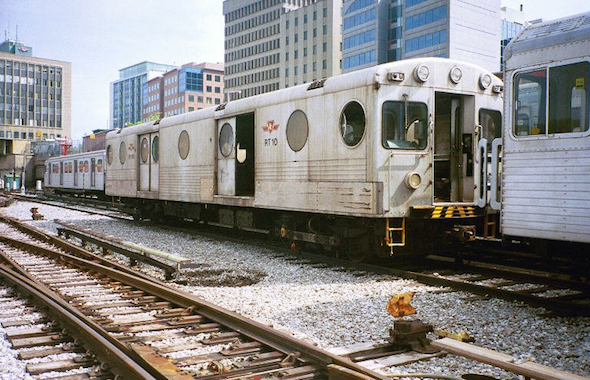
The infamous TTC garbage train.
There used to be a garbage train
The least glamorous job on the subway once belonged to a little train nicknamed Tokyo Rose. The distinctive car with its circular windows was bought from Nippon Sharyo, a Japanese train manufacturer, in the 1960s and converted into a moving trashcan. The TTC halted its in-house collection in 2000 following a fire at Old Mill station.
The TTC had different names in mind for some stations
Dundas West was initially proposed as "Vincent" after a nearby street erased by The Crossways development and the northern portion of Spadina Station was almost a separate stopped named "Lowther." The TTC also seriously considered renaming St. Patrick "Art Gallery" after the nearby AGO.
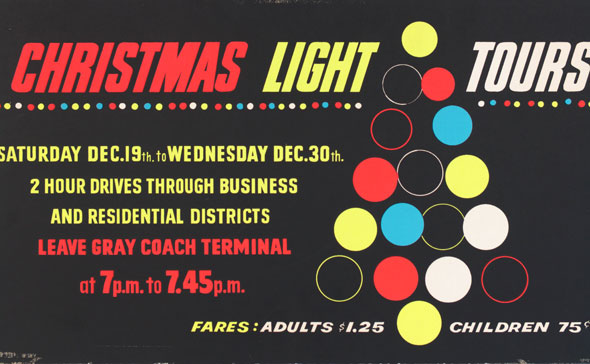
A promotion for the TTC's Christmas Light tours.
The TTC used to offer Christmas Light tours
Every festive season in the 60s and 70s crowds of passengers would gather at the coach terminal on Dundas for a tour of the city's Christmas lights. The two-hour special bus service took in the best of the downtown displays as well as those in residential neighbourhoods.
Etobicoke almost had its own RT line
Stand on the upper level of Kipling station opposite the bus bays and look out the window. If the TTC's expansion plans had panned out a little differently, a white ICTS train identical to the Scarborough RT might be arriving right now, releasing passengers from all over north Etobicoke into the subway.
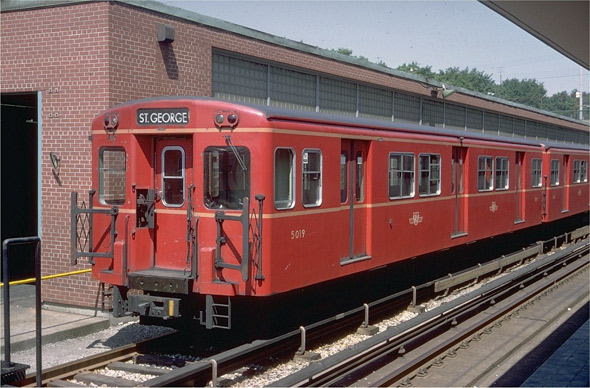
The Gloucester subway cars.
The origins of the term "Red Rocket" is still in dispute
Some trace the etymology to the introduction of the original red Gloucester subway cars in 1954, while others link it to the PCC streetcars. Thanks to Transit Toronto, we know for sure that the term was not officially adopted by the TTC in marketing materials until the 1980s.






0 comments:
Post a Comment